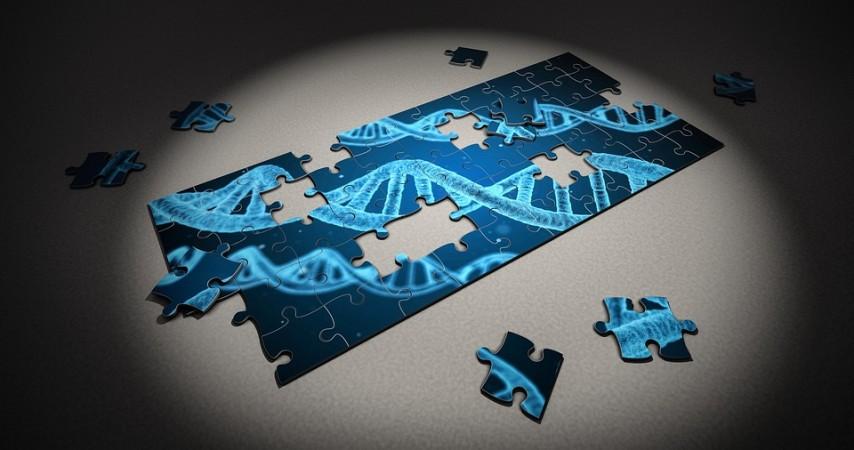
The technology behind gene-editing tool CRISPR can be used to develop cheap devices that can detect and respond to viruses like Human papillomavirus (HPV), Zika and dengue, a recent research reveals. The same technology can be utilized to fix the gene mutation that causes sickle-cell disease.
The CRISPR/Cas (Clustered Regularly Regularly Interspaced Short Palindromic Repeats/CRISPR associated nucleases) system was originally used as an acquired immune response mechanism but has now evolved into a genetic engineering tool. It is capable of targeting a specific location in the genome and 'editing' it to remove the unwanted protein.
The gene editing technique has applications in several fields, include bioengineering, health and agriculture.
The two studies on CRISPR were published in the journal Science.
DETECTR for HPV detection

CRISPR pioneers Jennifer Doudna and Feng Zhang have developed a system called DETECTR, which identifies types of HPV viruses in human samples. HPV is a sexually transmitted infection that causes genital and body warts.
In a study, the CRISPR-Cas12a tool was discovered to be shredding single-stranded DNA as well, while being used to snip double-stranded ones.
"That was an unexpected finding," study co-author Janice Chen from Doudna's lab at UC Berkeley told The Verge. "We were instantly, 'This is crazy.' This opens a whole new avenue for being able to detect DNA sequence."
The DETECTR tool gives a fluorescent signal to scientists if cells are infected with HPV, which makes diagnosis quick and easy. The tool detected HPV16 with 100 percent accuracy and HPV18 with 92 percent accuracy, giving hope to scientists to find an efficient way to remove the cancer-causing agents from a person's body.
DETECTR tests cost less than one dollar each and can be completed in an hour. Chen's team is currently working to develop a hardware that can make the fluorescent signals easier to read.
SHERLOCK for Zika, dengue and other bacteria

Another study described how gene-editing system SHERLOCK uses several CRISPR enzymes like Cas12a and Cas13a to detect Zika, dengue, many bacteria and gene sequences related to cancer mutation from human samples like saliva.
Zhang's team has developed the tool to be 100 times more sensitive and combine several enzymes to target specific bits of DNA and RNA.
"The fact that we can put all these different enzymes into a single tube and have them not only play nice with each other, but also tell us information we couldn't get otherwise – that is really spectacular and it speaks a lot of the power of biochemistry," said study co-author Jonathan Gootenberg from Zhang's lab.
SHERLOCK also uses fluorescent signals to detect disease-causing agents and displays the test results in a paper strip resembling a pregnancy test. A SHERLOCK paper strip costs about two dollars and can be used without electricity or other resources.
CRISPR for sickle cell disease detection

In a Rice University research, bioengineer Gang Bao found that gene editing system CRISPR-Cas9 can be used to repair 20 to 40 percent of stem and progenitor cells responsible for sickle cell disease.
Bao is working with Baylor College of Medicine, Texas Children's Hospital and Stanford University to find a cure for the hereditary disease which causes abnormality in the red blood cells' hemoglobin that gives it a rigid, sickle-like shape and reduces its oxygen-carrying capability.
"The idea is to correct that particular mutation, and then stem cells that have the correction would differentiate into normal blood cells, including red blood cells," said Bao. "Those will then be healthy blood cells."
The study was conducted on mice and showed positive results of edit-retainment in immunodeficient mice after 19 weeks. The research team is now working on eliminating the off-target side-effects of this form of gene-alteration and increasing the amount of gene-corrected stem cells in a subject.
The new CRISPR systems are currently in a stage of development and need further work before they can be implemented on human patients.








